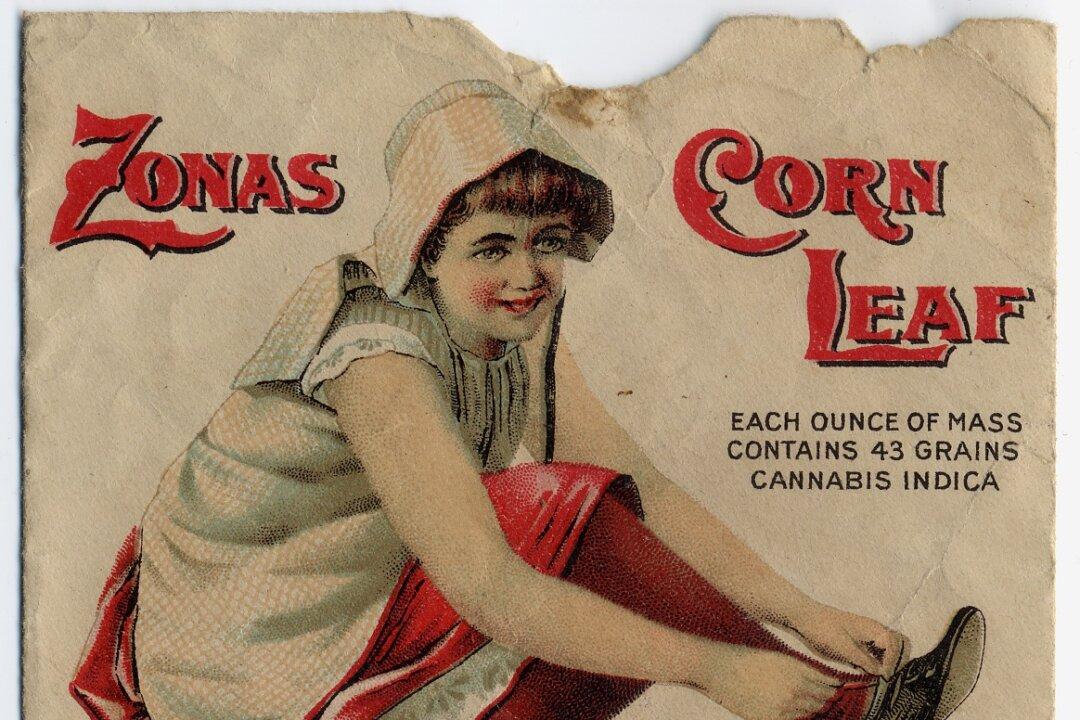Enter an ‘Imaginary Aviary,’ Japanese Style
Birds in the Art of Japan exhibition just opened at The Sackler Wing Galleries for the Arts of Japan at The Metropolitan Museum of Art.
Save

“Rooster, Hen and Chicken with Spiderwort,” Katsushika Hokusai (1760–1849) Edo period (1615–1868), circa 1830–33. Polychrome woodblock print, ink and color on paper, 9 inches by 11 1/2 inches, The Francis Lathrop Collection, Purchase, Frederick C. Hewitt Fund, 1911. Courtesy of The Metropolitan Museum of Art
Updated:






